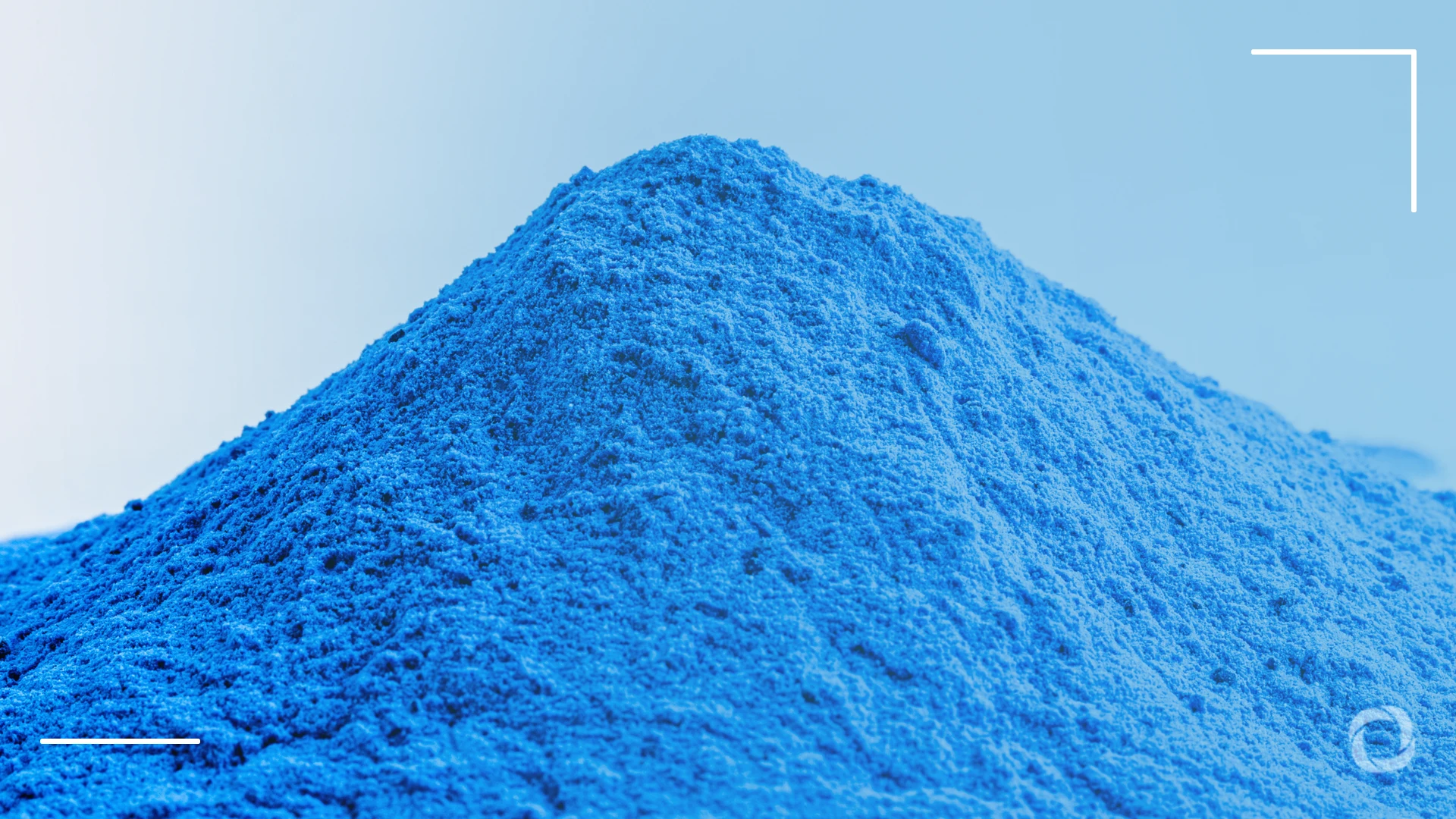Cobalt is a valuable metal categorized as a Critical Raw Material by the U.S. and the EU. It is used in multiple industries mainly due to its ability to resist corrosion and its capacity to withstand high temperatures. Cobalt is also an essential component of most lithium-ion batteries that power electric vehicles.
Naturally, the metal is found in a wide variety of minerals and types of deposits. Seldom is cobalt mined alone, with almost all the cobalt mined worldwide being a byproduct of nickel and copper.
Around 74% of the global production of cobalt comes from one single country, which is home to the largest reserves of this vital raw material. However, mining this precious metal results in a long list of negative impacts that appear to outweigh the benefits. One of the paradoxes is that 75% of the population of the country, which is by far the largest producer of this critical metal, still live in poverty.
Cobalt production statistics
According to RootsAnalysis, the global cobalt market is projected to grow at a compound annual growth rate (CAGR) of 7.23% from its 2024 valuation of US$16.12 billion to US$34.73 billion by 2035.
- In 2023, cobalt production hit a mark of nearly 230,000 metric tons (MT)
- In 2022, the production level was 190,000 MT, while in 2021it was 165,000 MT
- Just a few countries can boast large cobalt reserves that exceed 500,000 MT
-
- Democratic Republic of Congo – 4 million MT
- Australia – 1.5 million MT
- Indonesia – 600,000 MT
-
Why is cobalt considered extremely valuable?
The rechargeable battery and battery storage industries are the main drivers of the high demand for cobalt, which is expected to grow tenfold by 2030, with the metal being used in smartphones, laptops, and electric vehicles (EVs).
According to the Cobalt Institute, as well as being extremely important in the EV, computer, and smartphone industries, the metal is also used in:
- The petrochemical industry where it is important in catalysts to eliminate pollutants such as sulfur and nitrous oxide from crude oil, improving fuel quality and reducing greenhouse gas emissions.
- Manufacturing gas turbines when combined with other metals to make superalloys
- A variety of magnetic applications (because of its magnetic qualities) linked to wind turbines, hard disk drives, engines, sensors, and magnetic resonance imaging.
Major cobalt-producing nations
Lithium, graphite, and cobalt are the key raw materials for lithium-ion batteries used in EVs, and the increased demand for EVs is driving the demand for these materials.
Let’s take a closer look at the biggest cobalt-producing countries in 2023:
Sources: Nasdaq
 Democratic Republic of Congo (DRC) – 170,000 MT
Democratic Republic of Congo (DRC) – 170,000 MT
With an annual production share of around 74%, this country tops the list of cobalt producers, exceeding the second-placed country by a mile. The country can therefore have a serious impact on the global EV supply chain, but that is not helping its own people (at least for now).
Around 75% of the DRC population lives in poverty. Although the government receives a portion of mining profits, the everyday lives of the communities located around the mines have not significantly improved.
The largest amounts of cobalt (apart from artisanal mining*) come from several major mines (9 of the 10 biggest cobalt mines are located in DRC):
- Kisanfu Mine (production level: 25,500 MT in 2023)
- Metalkol RTR Project (production level: over 22,600 MT)
- Tenke Fungurume Mine (production level: over 22,500 MT)
Cobalt mining and poverty in DRC
Unfortunately, cobalt mining in this region involves serious human rights violations, including child labor. The major reason is the unregulated nature of artisanal mining.
Small-scale artisanal mining in the DRC provides up to 20% of the country’s cobalt production.
According to Asia Times, miners are also taken advantage of, as cooperatives – associations of miners often led by powerful figures – claim up to 50% of their earnings.
The Conversation explains that the DRC is frequently depicted as being exploited by the United States, China, and Europe in the battle for the cobalt resources.
 Indonesia – 17,000 MT
Indonesia – 17,000 MT
The reason behind the success in terms of cobalt mining in Indonesia lies in heavy investments in the battery metal supply chain, with these investments mainly coming from Chinese firms.
According to Mining Technology, cobalt output grew at a CAGR of 70% in the five years leading up to 2022 and is predicted to grow at a CAGR of 41% in 2023–2027.
A number of projects in Indonesia, including the Weda Bay Expansion Project (Sonic Bay), Sorowako, and Pomalaa, will drive this growth. Experts predict that the nation will account for 20% of global cobalt production in 2030 (up from 7% recorded in 2023).
 Russia
Russia
In 2023, Russia secured its position as the world’s third-largest producer of cobalt, marking a 0.5% increase in output compared to 2022. The country is also home to substantial cobalt reserves, totaling 250,000 MT.
Norilsk Nickel, commonly known as Nornickel, is a leading Russian mining company and one of the five major cobalt producers globally.
Cobalt production in the country grew at a CAGR of 7% in the five years leading up to 2022 and is predicted to grow at a CAGR of 1% in 2023–2027.
Final word
As the world shifts towards sustainability, which is driving the production of EVs, cobalt, used in most lithium-ion batteries, continues to be an extremely valuable metal. Unfortunately, by far the largest cobalt producer, DRC, still has to solve the issues that link cobalt mining with human rights violations, and child labor in particular. The country must also attempt to use its advantage of being the leading cobalt producer to lift 75% of its population out of poverty.

